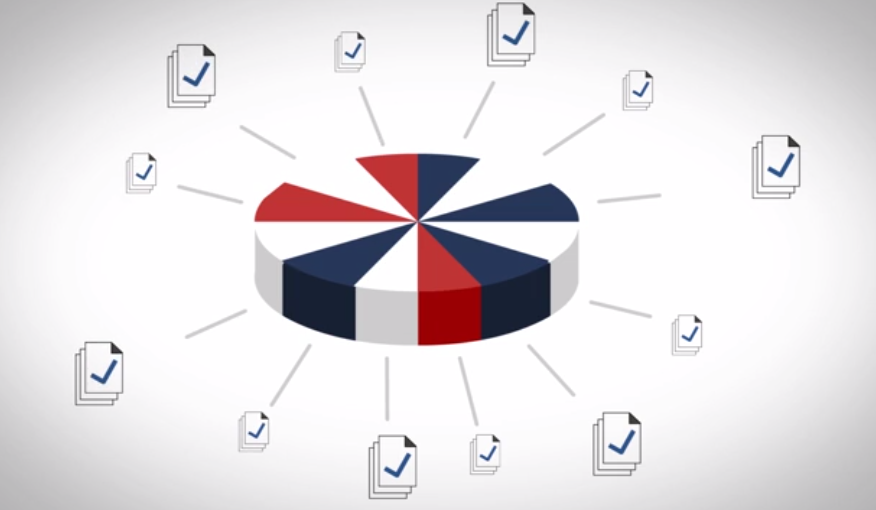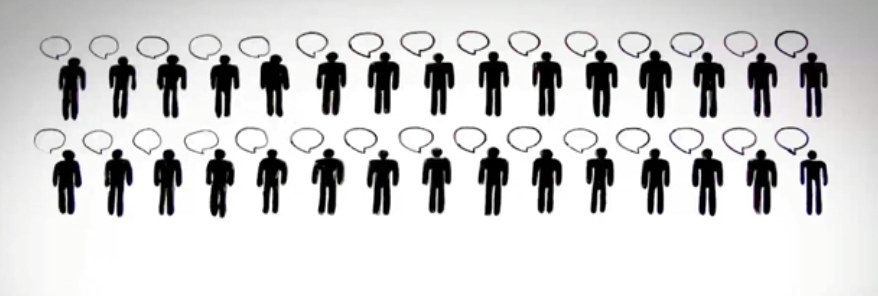8 Steps to Effective Ad Copywriting
When it comes to Ad copy for video, most companies are left to write their own. This is a great first-choice because no one knows a product or client’s needs better than the company. However, companies often struggle with formatting their message for video.
If you are at this point, the best thing to do is to pay a professional ad-copy writer a few hundred dollars to format your language. The cost is minimal and their creativity and insight is worth well beyond what they charge.
If you don’t have a few hundred dollars to spend, and you are struggling with a complicated video message. Here are 8 steps you can take to make the script writing of your Ad Copy for video effective.
Are your decision makers a targeted group of elites?
If the decisions makers for your product is a targeted group of people, then you probably don’t need to change your language or your messaging. They are already aware of your industry and product. They will understand your complicated terms and ideas. You may need to make your script conversational (for video) but narrowing your audience will allow you to be very specific with your message.Are your decision makers the general public?
If the decisions makers for your product is the general public, then you need to communicate this message as simple as possible. Stick with generic and general terms and let go of the big complicated words you want to use. In order to reach as many people as possible, you need to let go and be very simple.
Are your decision makers a targeted group AND the general public?

If the decisions makers for your product is a targeted group of elites AND the general public, then that is probably why you are reading this blog!! You are try to be extremely complicated AND so simple a sixth grader would understand you.
The easiest solution is to split the project into two--one message for the targeted group and another for the general public. Video/animation costs today are equal to the cost of designing and sending postcards, so we suggest splitting the project. Especially as the studio you will work with is likely to repurpose the same materials for both videos, thus lowering the costs even further. If however, you are working with a strict budget continue reading!
Find a thorough-line
A through-line is the spine of your message that allows a general audience to understand a simple message AND an elite targeted audience to acquire deeper levels of meaning. The most common form of a through-line is a character journey. It allows sixth graders to be engaged in the characters actions AND it engages philosphers in debate over the story’s deeper meaning.Create a Diagram

Use a metaphor
Like diagrams, metaphors can also be a through-line for your message. A few common metaphors are--various sports, institutions (churches, universities, etc.), events, or structures (castles, theatres, airplanes, etc.). You may have already thought of a metaphor, but you don’t want to use it because you consider to be too trite. While this may be the case, the fact that a metaphor may be a common thought for an industry or message is also it’s power. If many people are thinking the same thought, you can harness that group-thinking for your message.Icons and cartoons
![]()
Boil the concept down to it’s basics
Write out bullet points or circle the key word in a paragraph or sentence. It may change the way you view your material. While this is a completely obvious thought, if you have read this far already and you are still engaged, then you are either being a lazy daisy or your are over worked and you just don’t like the project you have been given to begin with.Call out the most important elements of the visual. Include “Tweet this!” links that mention key points and vital takeaways from your visual.
In summary, a through-line could also be called a video’s concept. It’s the most memorable part of the video. It is the magic. The reason why a company sets out to make a video in the first place. It is also the part where a good copywriter or a production studio will really shine!
If you’d like to hire a writer or if you’d like advice on your script call our studio at 646-801-3496 or email us at whiteboardanimation@gmail.com The simple solution may only be a phone call away.
- 0 Comments
- Topic:

